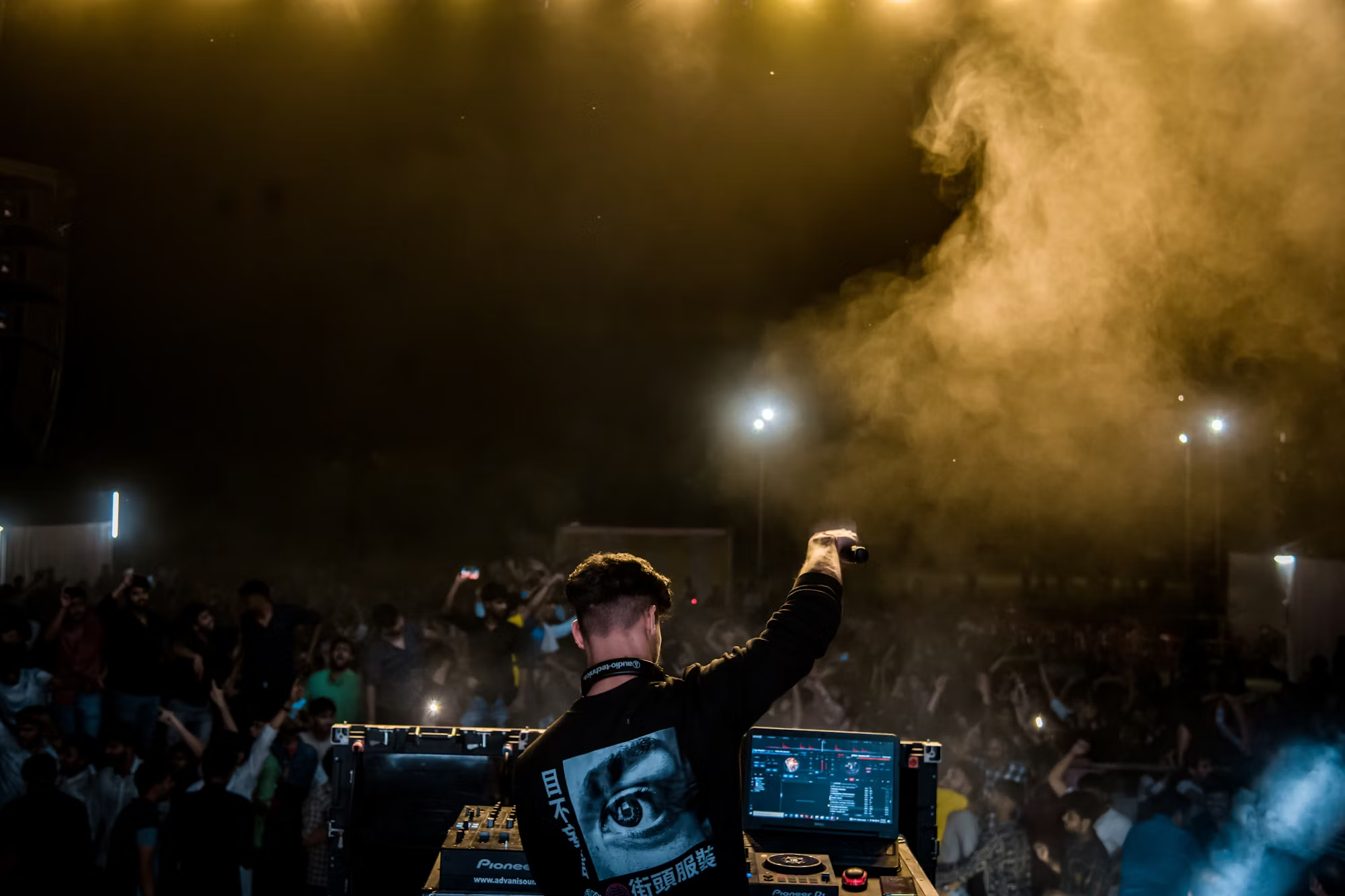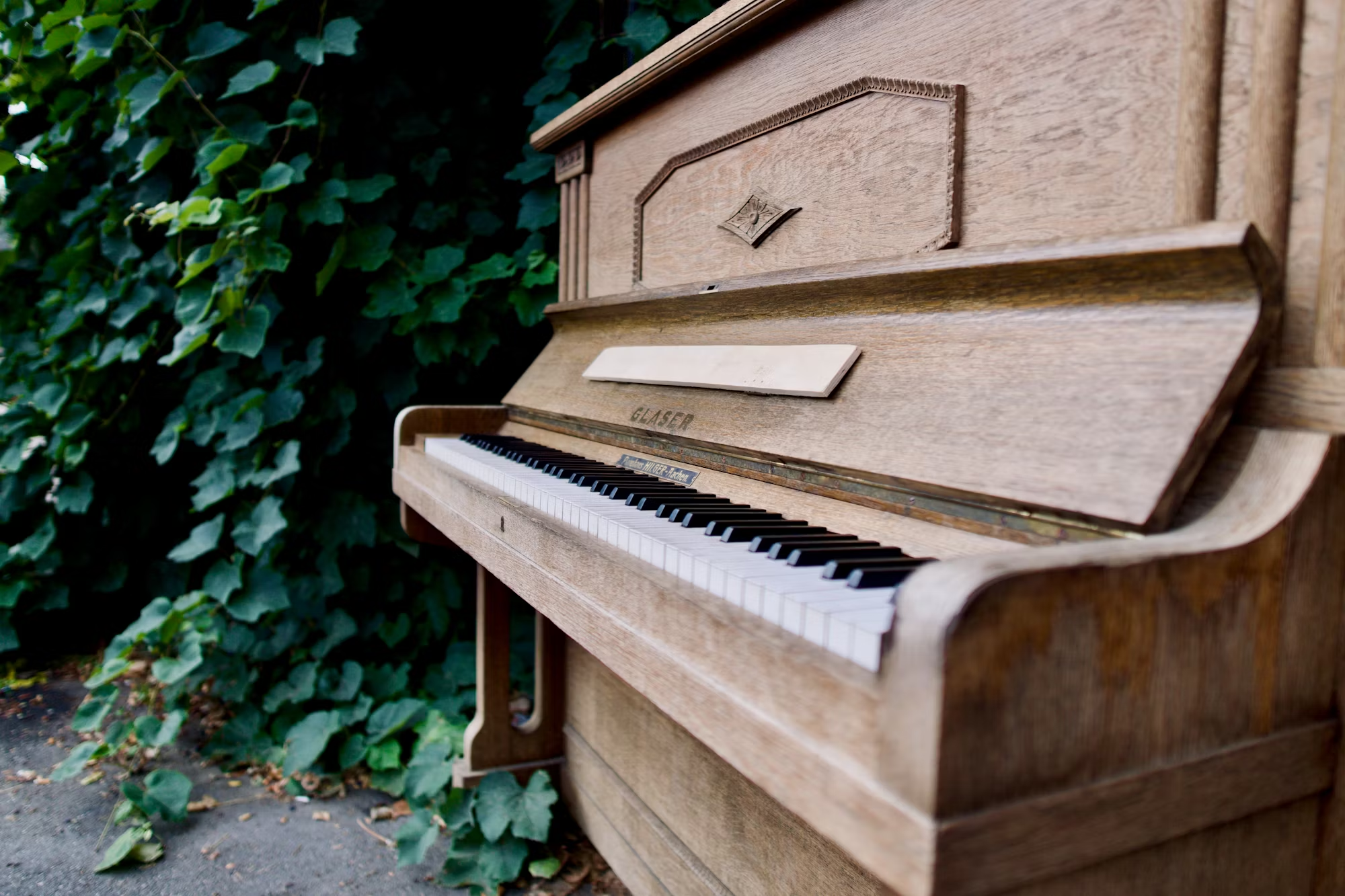Electronic Dance Music (EDM) has become a pivotal force in shaping modern music, captivating audiences worldwide with its diverse range of genres and exhilarating beats. From its roots in the underground music scene to its current status as a mainstream phenomenon, EDM has transformed the way we experience music and community. This article explores the evolution of EDM, diving into its various genres, influential artists, and the cultural significance that continues to resonate across the globe.
The story of EDM begins in the late 1970s and early 1980s, with the birth of House music in Chicago. Characterized by its signature four-on-the-floor beat, House quickly gained traction in dance clubs. Artists like Frankie Knuckles and Larry Heard were instrumental in defining this genre, blending disco influences with electronic elements to create an immersive dance experience. House music laid the foundation for the emergence of various subgenres, one of which is Deep House. This subgenre, known for its slower tempos and rich basslines, has been popularized by artists like Disclosure and Duke Dumont. Their tracks often incorporate soulful vocals and atmospheric production, creating a sound that invites listeners to lose themselves on the dancefloor.
As the EDM landscape expanded, Tech House emerged, merging elements of House and Techno. With artists like Solardo and Fisher leading the charge, Tech House brings a groovy, hypnotic feel to the dancefloor, featuring infectious hooks and rhythmic complexity that keeps audiences engaged. This blending of genres has contributed to the dynamic nature of EDM, allowing DJs to experiment and create unique musical experiences.
Another major player in the EDM evolution is Techno, which originated in Detroit in the 1980s. Techno is characterized by its futuristic sound and mechanical beats, with pioneers such as Juan Atkins and Derrick May at the forefront. Their innovative approach to music production created a distinct sound that emphasizes repetition and subtle variations. This focus gave rise to Minimal Techno, a genre that strips down sound to its essentials. Artists like Richie Hawtin and Ricardo Villalobos have mastered Minimal Techno, delivering sets that captivate audiences and encourage deep listening.
Moving through the EDM spectrum, we encounter Trance, a genre that evokes strong emotional responses through its euphoric melodies and intricate build-ups. Progressive Trance, led by artists like Armin van Buuren and Above & Beyond, emphasizes evolving arrangements that connect deeply with listeners. Their tracks often feature lush soundscapes and emotive breakdowns, creating moments of unity and celebration on the dancefloor. In contrast, Psytrance takes a more psychedelic approach, characterized by fast tempos and intricate soundscapes. Artists like Astrix and Infected Mushroom create immersive auditory experiences that transport listeners to vibrant realms, making Psytrance a staple at outdoor festivals.
The late 2000s saw the rise of Dubstep, marked by its heavy bass and distinctive rhythms. This genre exploded in popularity with the emergence of Brostep, an aggressive variant popularized by artists like Skrillex and Excision. Their high-energy tracks, filled with dramatic drops and intricate production, captivated audiences and redefined the expectations of bass music. Conversely, Deep Dubstep leans towards atmospheric sounds and deeper basslines, with artists like Mala and Burial creating immersive environments that resonate with listeners on a more introspective level.
Drum and Bass is another critical element of the EDM landscape, known for its fast breakbeats and powerful bass. Within this genre, we find subgenres such as Liquid Funk and Neurofunk. Liquid Funk blends melodic elements with soulful influences, with artists like LTJ Bukem and High Contrast crafting tracks that evoke warmth and nostalgia. Their music often combines intricate rhythms with lush harmonies, appealing to fans seeking both energy and emotional depth. On the flip side, Neurofunk emphasizes technical complexity, with artists like Noisia and Ed Rush & Optical pushing the limits of sound design. Their intricate drum patterns and heavy basslines create an intense listening experience that resonates with fans looking for excitement and depth.
As we continue exploring EDM, we encounter Electro, a genre recognized for its high-energy sound and catchy melodies. Electro House, a popular subgenre, has dominated festival stages, with artists like Deadmau5 and Martin Garrix leading the way. Their tracks often feature infectious hooks and driving basslines, ensuring that audiences remain energized and engaged throughout their performances.
Future Bass offers a contrasting sound within the electronic spectrum, characterized by uplifting melodies and extensive synth usage. Artists like Flume and San Holo have gained acclaim for their ability to create emotive tracks that deeply resonate with listeners. The combination of catchy vocal chops and rich harmonies has made Future Bass a favorite among fans, allowing them to experience joy and excitement in their musical journey.
The genre of Trap has also established itself within the EDM landscape, blending elements of hip-hop and electronic music. EDM Trap is known for its high-energy drops and rhythmic hooks, with artists like RL Grime and Flosstradamus leading the charge. This fusion creates an exhilarating atmosphere that resonates with diverse audiences, making it a mainstay at festivals and clubs alike. Conversely, Chill Trap offers a more laid-back listening experience, as artists like ODESZA and Louis the Child combine melodic elements with trap influences, crafting a sound that appeals to listeners seeking a more relaxed vibe.
In the broader context of Bass Music, genres like Future Garage and UK Bass play significant roles. Future Garage blends elements of garage and dubstep, creating atmospheric soundscapes that resonate deeply with listeners. Artists such as Burial and Jamie xx have pioneered this style, crafting tracks that evoke introspection and emotional depth. UK Bass, on the other hand, draws from various underground influences, with artists like Hudson Mohawke and Joy Orbison showcasing the innovative spirit of the UK music scene.
As we explore Hard Dance, genres like Hardstyle and Hardcore stand out with their energetic beats and powerful drops. Hardstyle, characterized by euphoric melodies and intense kicks, captivates audiences at festivals, thanks to artists like Headhunterz and Brennan Heart. Their electrifying performances keep crowds engaged and dancing throughout the night. Meanwhile, Hardcore pushes the tempo further, with artists like Angerfist and DJ Mad Dog crafting a faster, more aggressive sound that resonates with dedicated fans.
In recent years, EDM has increasingly crossed over into mainstream pop, leading to significant cultural impacts. Pop EDM blends electronic elements with popular music, resulting in chart-topping hits that appeal to a wide audience. Artists like Calvin Harris and The Chainsmokers have crafted catchy, danceable tracks that dominate radio airwaves and streaming platforms, bridging the gap between electronic and mainstream music. This crossover appeal has introduced many new listeners to the world of EDM, expanding its reach and influence.
EDM Remixes also play a crucial role in the genre’s landscape, as DJs transform popular songs into electronic dance versions. This practice highlights the versatility of electronic music and breathes new life into beloved tracks, allowing them to reach broader audiences. By remixing popular songs, DJs not only showcase their creativity but also create opportunities for collaboration across genres.
As EDM continues to grow, it reflects a rich tapestry of creativity and community. Festivals such as Tomorrowland and Ultra Music Festival have become cultural touchstones, bringing together diverse crowds from around the world to celebrate the power of music. These events foster a sense of unity and connection, transcending geographical boundaries and cultural differences.
In conclusion, the evolution of Electronic Dance Music is a fascinating journey that illustrates the power of innovation and collaboration in music. Each genre and subgenre contributes to a rich tapestry that invites exploration and discovery. As artists continue to break boundaries and redefine what is possible, the future of EDM promises to be filled with exciting new sounds and experiences. Whether drawn to the euphoric highs of Trance or the infectious rhythms of House, the EDM community welcomes everyone to join the dance, celebrating the joy of music and the connections it fosters.


